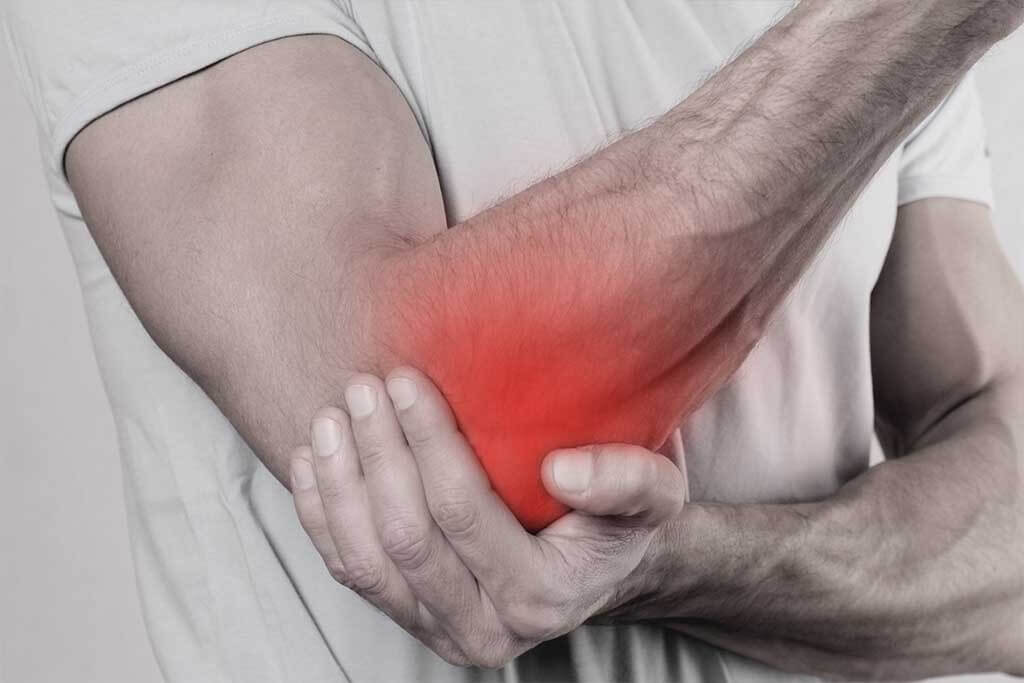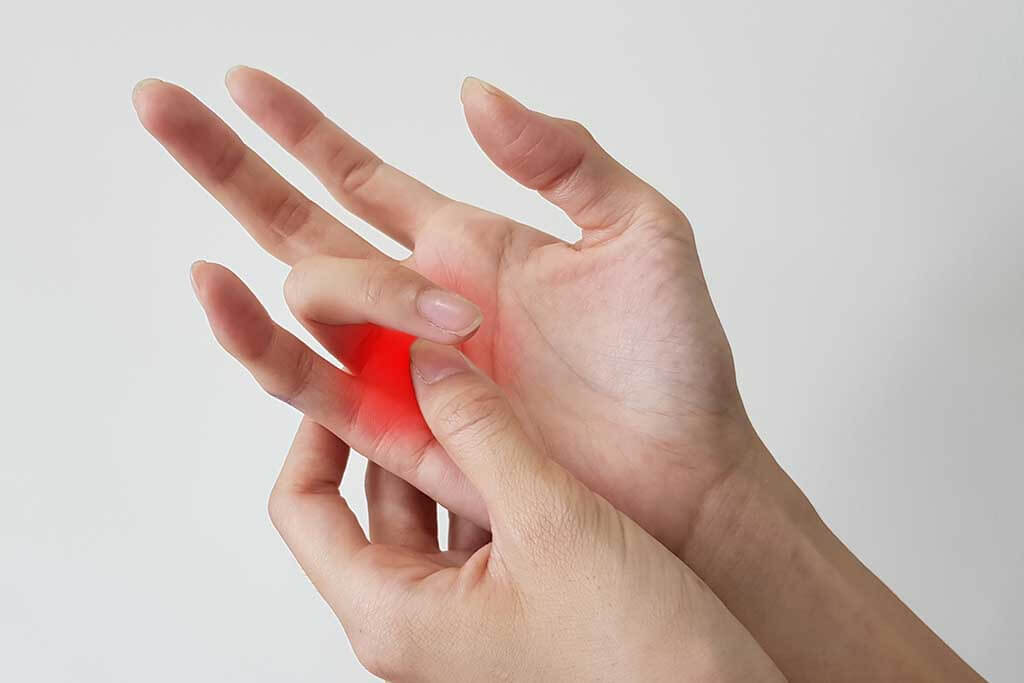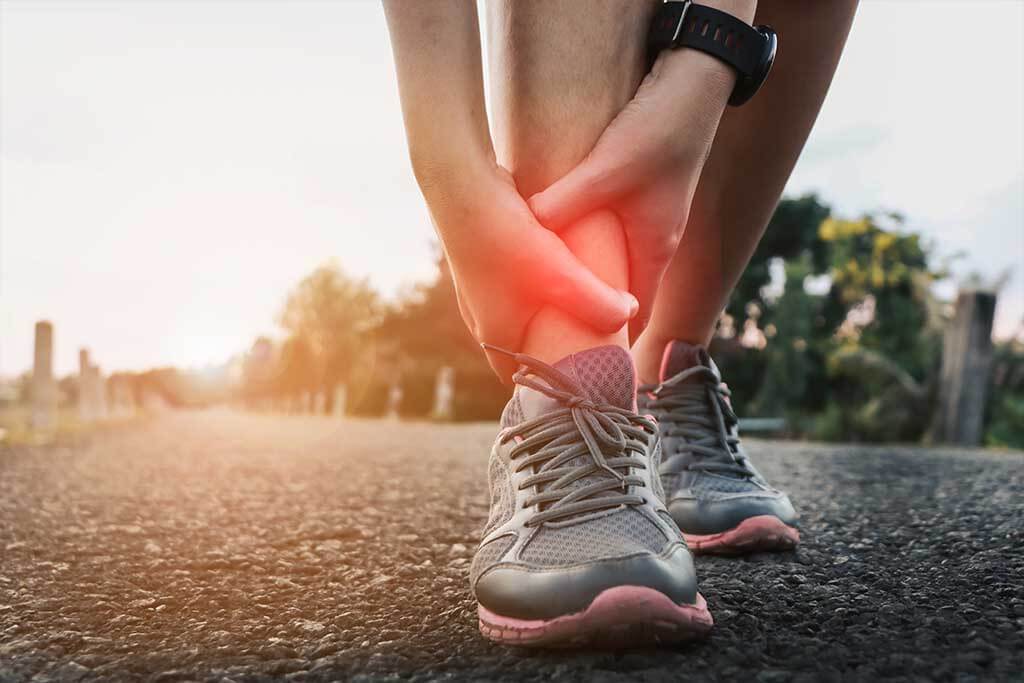Types of Sports Injuries We Treat
If you experience a sports injury, it is important to seek medical attention right away. Treatment may include rest, ice, and physical therapy. Surgery may be necessary in some cases.
We treat all types of sports injuries, including:

Head

Shoulder

Elbow

Wrist

Finger

Spine

Hip & Groin
In order to produce movement, the hip, a key weight-bearing joint, distributes force and energy from the upper limb, trunk, and lower limbs. Without sending energy through the pelvis, movement such as walking, running, or throwing is not possible.
This implies that all forces acting on the upper and lower bodies will exert some pressure on the muscles, ligaments, and joints in this area. This also explains why up to 14% of all sporting injuries are estimated to occur from the hip/groin, with about 30% of hip problems going undiagnosed.

Thigh

Knee

Foot & Ankle
Sports Injuries Causes

Acute Injury

Chronic Injury
Contact Us
Save time when it matters most, let us know you’re on the way.
 24x7 Available
24x7 Available
